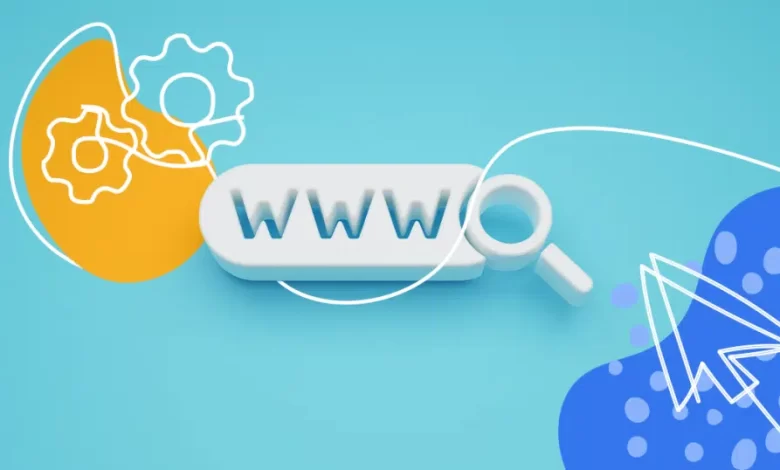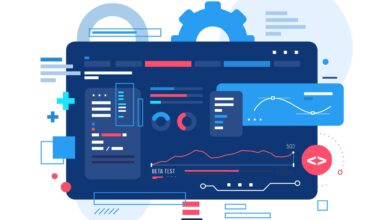How to format URLs for our web URL opener?
9 parts of URL | Format of URL Opener

URLs have some rules and structure by following which you have to insert them in the web link opener. Before pasting the links into the tools please check the links either these are correct or not. There some different methods by which form sends the data to the backend so, URLs is dependent on the method which is being sent to the data from form to the database.
Link should be well formatted when pasting in the URL Opener Tool. Most of the marketers have the deep knowledge about the formats of URL which are valid for the browsers. You should paste the URL in the well formatted but in this article we are going to describe the different formats which can be pasted in the URL opener tool:
- http://www.example.com
- https://www.example.com
- https://example.com
- example.com
- com/products.html
You have to make sure that you have pasted the links in the format which we have listed above. Because any other format will bounce back with an error or not open at URL.
Scheme / Protocol:
Scheme is very first part of the URL which is also called the Protocol. It decide that how file or website will be displayed, formatted, or transferred over the web network. Here are different protocols which are for the different purposes:
- HTTP: It is a hypertext transfer protocol which is used to deal with the websites and webpages.
- SMTP: Simple Mail Transfer protocol is used to send the emails and receive the emails.
- FTP: File Transfer Protocol is one of the protocol which is used to download, upload and transfer files.
- DHCP: Dynamic Hosting Control Protocol assigns the IP addresses to the different devices on the same network
These were some of the protocols which can be used in the address bar of the browser.
Subdomain:
Most common domain which is widely used in the URLs is www which stands for World Wide Web. It refers to the general resources on the website for the communication over the international network. Subdomain is a part of domain. Most of the time, Subdomain is used to refer the different parts of the website. It appears on the left side of the domain.
Second Level Domain / Domain:
Domain is also referred as the Second-Level Domain (SLD) and it is one of the most important part of the URL (Uniform Resource Locator). It is a readable and contains the series of characters along with the extension. The Domain is central to the URL and it informs the browsers that where he can find the webpage or specific resource on the internet. Most of the SEOs prefer to avail the domain names which are easy to read and relevant to their product and keywords.
Port:
Port number appears on the right side of the domain and it tells about the particular process on the website. It is separated from the domain with help of colon (:). The Port number 8080 is commonly used for the servers which are running the HTTP services across the web. Here are some common port numbers:
- HTTP: Port number 80
- HTTPS: Port number 443
- FTP: Port number 21
- SMTP: Port number 25
Path:
Path in the URL defines the exact path of the resource on the internet. It comes after the domain name, on the left side, and separated by the “/”. Mainly, it helps the website server to provide the exact content to the users. Firstly, the directory is written in the URL and then sub directories appear in the uniform Resource located one after another, with the hierarchy.
Query:
Query is a part of URL which indicates the set of parameters which are passed to the server for fetching the required data. There are various symbols which are being the syntax of the query. In the search queries “?” Question Mark is the beginning of the query which will be followed by the one or more key value pairs which will be separated by and sign (&).
- ?: Indicates the beginning of the query string.
- Key-Value Pairs: Consist of a key and a value separated by an equals sign (“=”).
- &: Separates multiple key-value pairs in the query string.
Parameters:
Parameters in the URL are the parts of the query string which provides some specific instructions or data to the server. These are mainly comprised of some key pairs and used to pass the values to the servers which serves it as an input for fetching specified data from the server. These parameters includes the search terms and filter criteria.
Fragment:
Fragments are mostly used in the single page websites and works as navigator among the different sections of the webpage.


